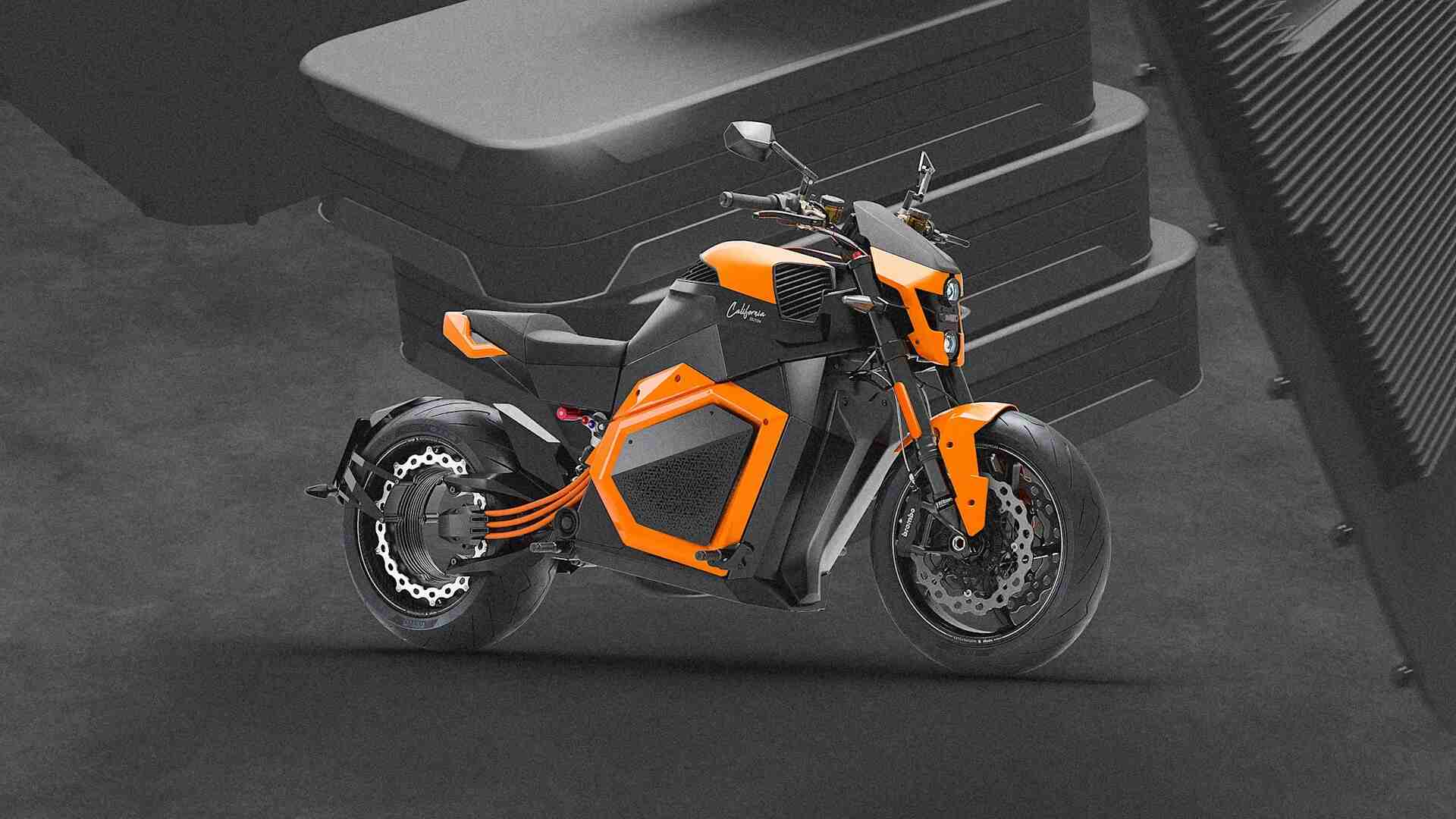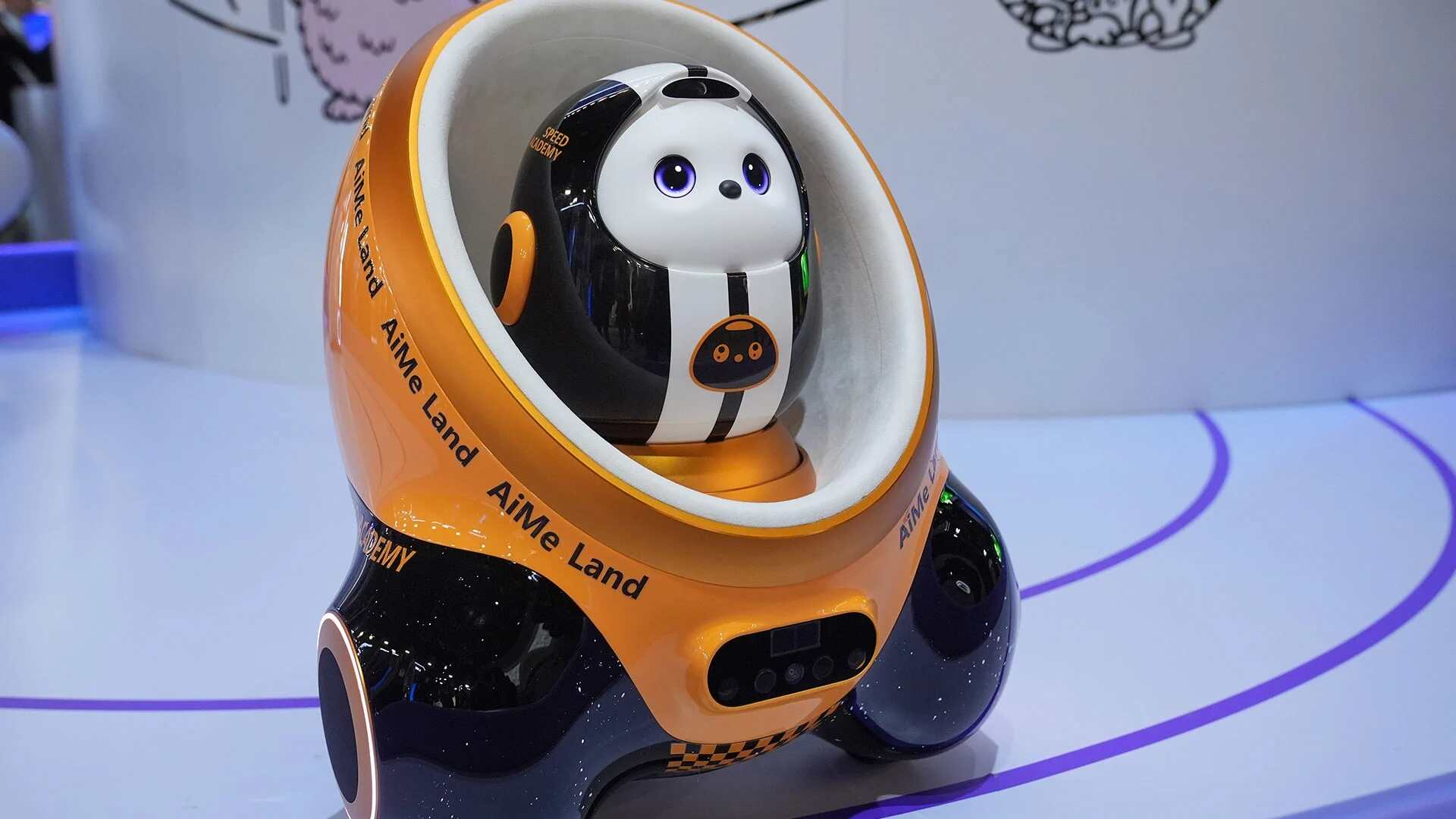- | 9:00 am
How smart tech is redefining travel experiences in the GCC
From AI tools that personalize museum visits to sustainable infrastructure reducing the carbon footprint of luxury stays, a new kind of travel experience is emerging in the Gulf

As the Gulf Cooperation Council (GCC) countries undergo urban transformation, a new generation of smart cities is emerging—designed with sustainability, digital infrastructure, and enhanced visitor experiences at their core.
From Saudi Arabia’s NEOM, built for futuristic, sustainable urban living, to Qatar’s Msheireb project revitalizing Doha’s historic center into a smart, eco-friendly district, the region is investing in technology-driven urban centers.
While smart cities in the GCC are often recognized for their benefits to residents – like improving energy efficiency and optimizing public services – they’re increasingly being developed to enhance how tourists explore and experience these destinations.
Nicholas Nahas, partner at Arthur D. Little Middle East and head of its Global Tourism and Hospitality Competence Center, notes that while tourism in the region is often associated with heritage sites and beaches, smart cities are redefining the tourism landscape. “They’re the foundation for a more sustainable, seamless, efficient, and service-driven visitor experience, aligned with the region’s broader push towards post-oil economic diversification.”
INTEGRATED SYSTEMS THAT ENHANCE EXPERIENCE
Nahas, who works closely with tourism authorities and hospitality leaders to develop business strategies and experiences, says, “In Abu Dhabi, the Department of Culture and Tourism is developing an advanced AI-driven platform that draws on a wide range of data sources (like hotel occupancy levels and weather forecasts) to generate real-time, data-informed recommendations for visitors.”
“It goes beyond simply recommending a visit to The Louvre – it identifies the best times to go, ticket options, nearby cafés, and even notifies your driver,” Nahas adds.
The Visit Qatar GenAI Travel Concierge and Smart Travel Assistant are AI-powered apps that integrate text, voice, content, a conversational virtual assistant, maps, and an interactive planning interface to guide tourists during large-scale events based on their interests, such as art, sustainability, or history.
Eduardo Zarur, Urban Designer at Dar Al-Handasah and visiting faculty at the School of Design & Architecture, Manipal Academy of Higher Education, Dubai, highlights transportation as an area where smart city technologies are making the most visible impact.
“Integrated platforms, such as Dubai’s RTA app, combine metro, buses, ride-sharing, and walking routes into a single interface, using real-time data to guide tourists efficiently through the city,” he says.
AI-powered traffic systems reduce congestion, while smart parking, bike-sharing, and autonomous shuttles improve access and convenience in high-traffic areas.
However, Zarur emphasizes that the full potential of smart tourism depends on digital inclusion. This looks like accessible design, multilingual options at digital kiosks, and public Wi-Fi to ensure that visitors of all ages, abilities, and digital skills can confidently navigate and enjoy the city.
“Making it accessible to all defines a truly smart tourist experience,” he adds.
FROM PLANNING TO EXPLORING – TOURISM GETS PERSONAL
Personalization is also becoming central to the visitor journey, with smart technologies now shaping every step of how travelers experience destinations.
“Across the GCC, there’s a growing shift toward what the industry calls ‘invisible hospitality,'” says Nahas. This includes mobile-based check-ins, autonomous room service, and hotel systems that adjust lighting, temperature, and entertainment based on guest preferences.
Destinations like AlUla and the Red Sea are piloting AI tools that recommend dining options based on dietary preferences. “It’s not just about convenience,” Nahas adds. “Smart tourism is becoming a continuous journey – from pre-trip engagement to on-the-ground personalization and post-trip connection.”
Zarur points to the growing role of immersive technologies in enhancing cultural and entertainment experiences. Across the region, AR-enabled exhibits let visitors scan heritage sites to reveal hidden stories, 3D reconstructions, and multilingual narration.
Beyond AR and immersive storytelling, Nahas adds, “Some museums in the region are exploring the potential of facial recognition and biometric technologies to enhance visitor experiences.”
For example, a pre-registered tourist could walk into a museum and be greeted by name, with the system automatically recognizing their language preference, mobility requirements, or interests. The aim is to move beyond standard audio guides and create personalized, adaptive storytelling, where the content adjusts in tone, language, or depth based on the visitor’s profile and preferences.
“While still in the early stages, it reflects the broader push toward immersive, personalized, tech-enabled cultural engagement,” he adds.
Together, these advancements are transforming tourism in the region from a static itinerary into a responsive, personalized journey. As smart technologies become more deeply integrated into hospitality services and cultural spaces, they are reshaping how visitors navigate a destination and connect with it on a deeper, more meaningful level.
SUSTAINABILITY AT THE HEART OF TOURISM
Smart cities in the GCC are redefining tourism through sustainability by integrating environmentally responsible design into infrastructure, hospitality, mobility, and overall visitor experiences. This shift supports the region’s net-zero ambitions and aligns with global travel trends favoring eco-conscious destinations.
Nahas highlights that in developments like NEOM and The Red Sea, next-generation hotels are designed with IoT-integrated infrastructure that monitors and optimizes energy and water use in real-time. Similarly, luxury hotels in Dubai have implemented smart room technologies like motion sensors and digital thermostats to reduce energy consumption.
“These initiatives represent a shift toward a more responsible form of luxury, where environmental efficiency is an integral part of the experience,” he adds.
Another leading example of sustainable, visitor-focused, and integrated urban planning is Doha’s Msheireb Downtown District. Designed with pedestrians in mind, the district features electric trams and autonomous shuttles that connect key sites across the area.
These transport options are fully integrated with mobility-as-a-service (MaaS) apps, which provide real-time updates, multilingual support, and seamless digital payments. Thus, it is easier for tourists to get around without relying on cars.
At its best, smart tourism in the Gulf uses technology to create immersive, culturally grounded experiences. Whether it’s AI tools that personalize museum visits, sustainable infrastructure that reduces the carbon footprint of luxury stays, or seamless transit systems that make cities more walkable and connected, smart cities in the GCC are laying the foundation for a new kind of travel.
As global tourism shifts toward more meaningful, responsible, and personalized experiences, the Gulf’s investment in smart, future-ready cities may offer a blueprint for the future of travel.







































